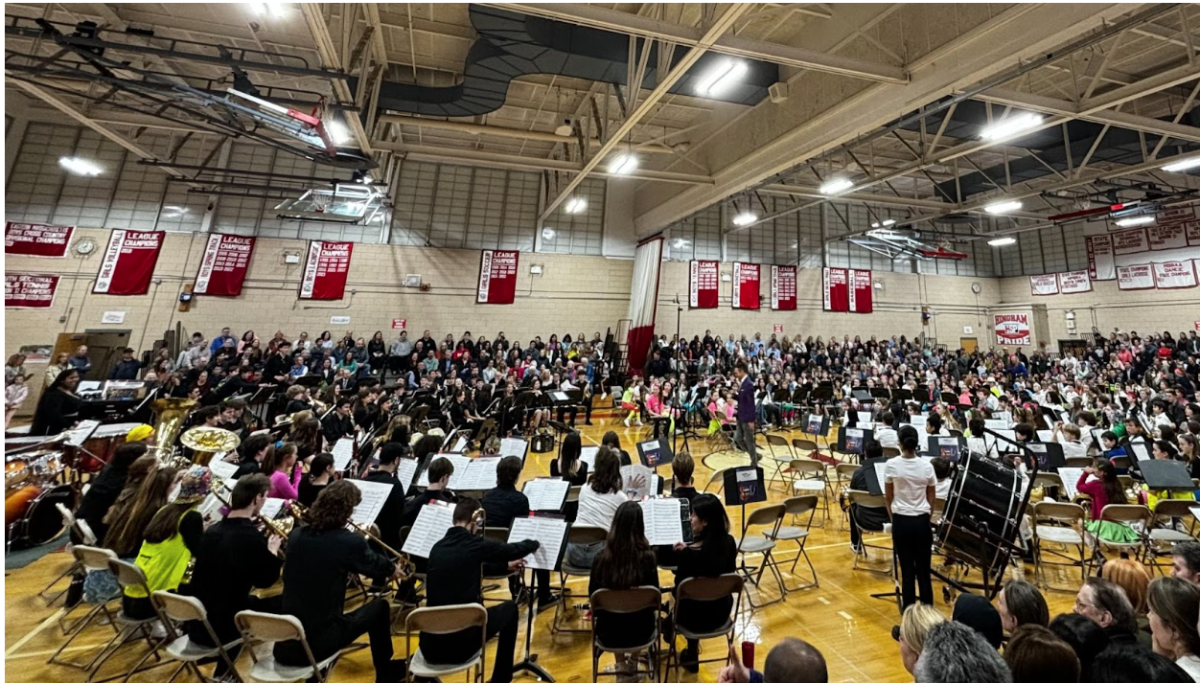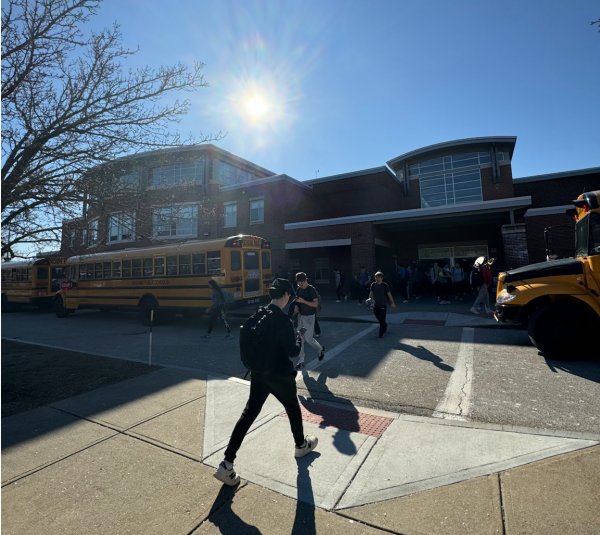This Winter’s Flu Epidemic
January 18, 2015
Three weeks ago, the US Centers for Disease Control and Prevention reported that the flu was spreading rapidly in 43 US states. Four weeks ago, 36 states had the flu.
According to the CDC, deaths from the flu and pneumonia comprised of 6.8% of all deaths
in the country. This number is creeping up to the epidemic level. In the last full week of
2014, six children died from the flu. So far this season, there have been a total of 21 deaths.
Dr. Michael Jhung, of the Centers for Disease Control and Prevention’s Influenza
Division, said that the statistics have been gauged against other years, and have been
startlingly scary. However, such trends are not uncommon, as the flu attacks relentlessly
every year.
When determining the start of the flu season, Jhung examines several factors. Initially,
he looks at flu tests, and the number that have positive results. For him, the season
officially begins when that number exceeds 10% for two weeks. Those two weeks
occurred in mid-November this year. He next monitors the reasons for patients seeking
care, and searches for flu-related symptoms. Another sign of the commencement of the
flu season is when the percentage of flu-related visits is above 2%.
The most concerning part of the epidemic? The vaccine. The most common strain of the
flu this season is known as influenza A (H3N3). The current vaccine may not be effective
against this type of flu. H3N3-dominant flu seasons tend to have more deadly effects
than other seasons of H1N1 virus or influenza B, especially among young children and
older generations. In 2012, the last season dominated by H3N3, had a hospitalization
rate of 8.1%. Jhung reports that this flu season is equally, if not more, severe, than
2012’s season.






























